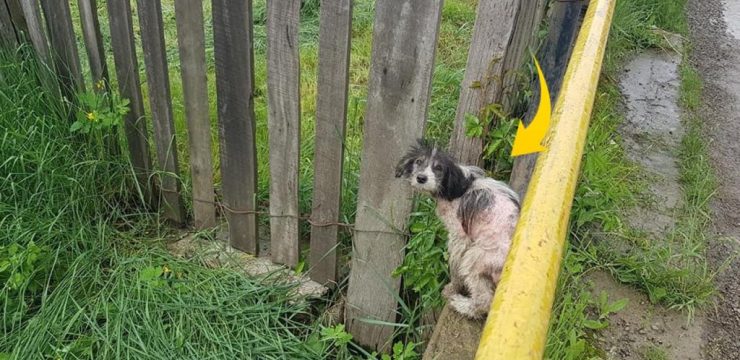A nine-year-old boy in southwestern France survived two years alone in a freezing apartment after his mother abandoned him to live with her boyfriend. The child managed to fend for himself in an apartment in Nersac, near Angoulême, while his mother moved just three miles away. The 39-year-old woman has since been sentenced to six months in prison for child abandonment and endangerment. Meanwhile, the boy’s father, who lived in another town, faced no charges.

A Life of Struggle: Surviving Without Heat, Electricity, or Proper Care
From 2020 to 2022, the boy endured harsh conditions, often going without hot water, electricity, or heating. He adapted by washing in cold water and relying on sleeping bags and blankets for warmth. To find food, he resorted to stealing tomatoes from a nearby balcony and scavenging from neighbors.
Despite attending school, his isolation and neglect went unnoticed for a long time. He managed to keep up with his studies, maintain cleanliness, and complete his homework, creating an illusion that everything was fine. Barbara Couturier, the mayor of Nersac, explained that the boy seemed to build a protective facade to hide his struggles. “I think it was a defense mechanism, his way of convincing himself and others that everything was okay,” she said.
Concerned Neighbors Raised the Alarm
It was the neighbors who first noticed something was off. They observed the boy’s unusual independence and suspected he was alone most of the time. However, when they confronted the mother, she dismissed their concerns, insisting that she was taking care of him and telling them to stay out of her business.
Locals claim the neglect remained undetected because the boy had learned to take care of himself. During his two-year ordeal, he continued to steal food from nearby balconies and search for leftovers from neighbors. Eventually, some concerned locals contacted the police, which led to authorities stepping in and placing the child in protective care.
Signs of Isolation and Neglect
One of the boy’s classmates later revealed that he often ate alone, took the bus alone, and rarely left his apartment except for school. His social interactions were minimal, and he spent most of his time at home. During the trial, investigators used mobile phone data to confirm the mother’s limited presence at the apartment, debunking her claim that she had been living with her son.
“He told his friends that he ate his meals alone, took the bus alone, and never went out,” said a classmate.
A Community Reflects on the Tragedy
After learning about the boy’s ordeal, many neighbors felt guilty for not realizing the severity of the situation sooner. Some pointed to the anonymity of modern life as a reason why the neglect was able to continue for so long.
“In the past, if a mother neglected her child, it didn’t matter as much because family members or even the entire village would step in to care for the child. But that’s not how things work anymore,” one local resident remarked.
The Bigger Picture: Child Abandonment in Europe
The University of Nottingham has conducted research on child abandonment in Europe, revealing a significant lack of a clear legal definition for the issue. A study across 10 EU countries (including France, the UK, Bulgaria, and Hungary) found that this ambiguity makes it difficult to address child abandonment both legally and socially.
In many cases, child abandonment leads to institutional care, especially for children under three years old. The study found that while only 4% of children in institutional care in Western Europe were abandoned, the figure rose dramatically to 32% in Central and Eastern Europe. Romania, Hungary, and Latvia reported the highest rates of abandoned children in institutional care, while Denmark, Norway, and the UK saw much lower numbers.
Efforts to Prevent Child Abandonment
To combat child abandonment, several European countries have introduced preventative measures, including:
- Social assistance programs
- Day-care facilities for struggling families
- Mother-baby units
- Family planning services
- Counseling services for mothers and families
- Financial support for at-risk families
- Parenting training centers
- Helplines for struggling mothers
- Guidance on preventing child abandonment in maternity wards
- The presence of social workers in hospitals
- Training for hospital staff to identify and handle high-risk cases, offering support and counseling
The case of the nine-year-old boy in France serves as a heartbreaking reminder of how children can slip through the cracks in modern society. While legal and social reforms are being implemented across Europe, stories like his highlight the importance of community awareness and intervention to protect vulnerable children.





